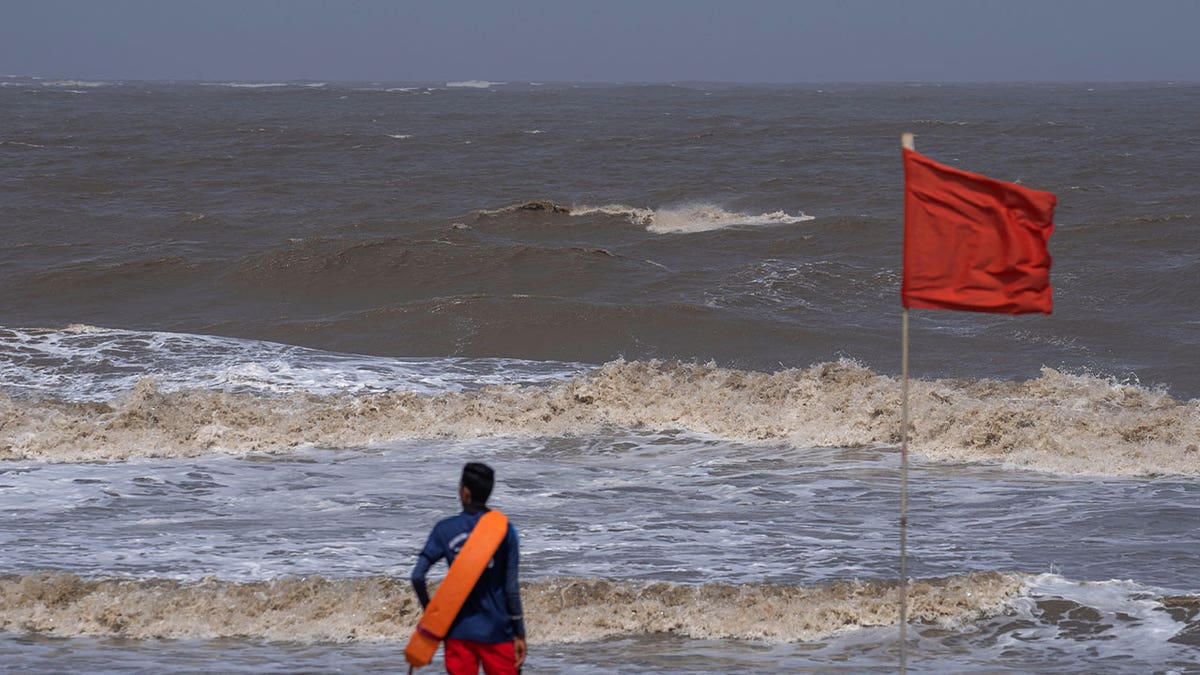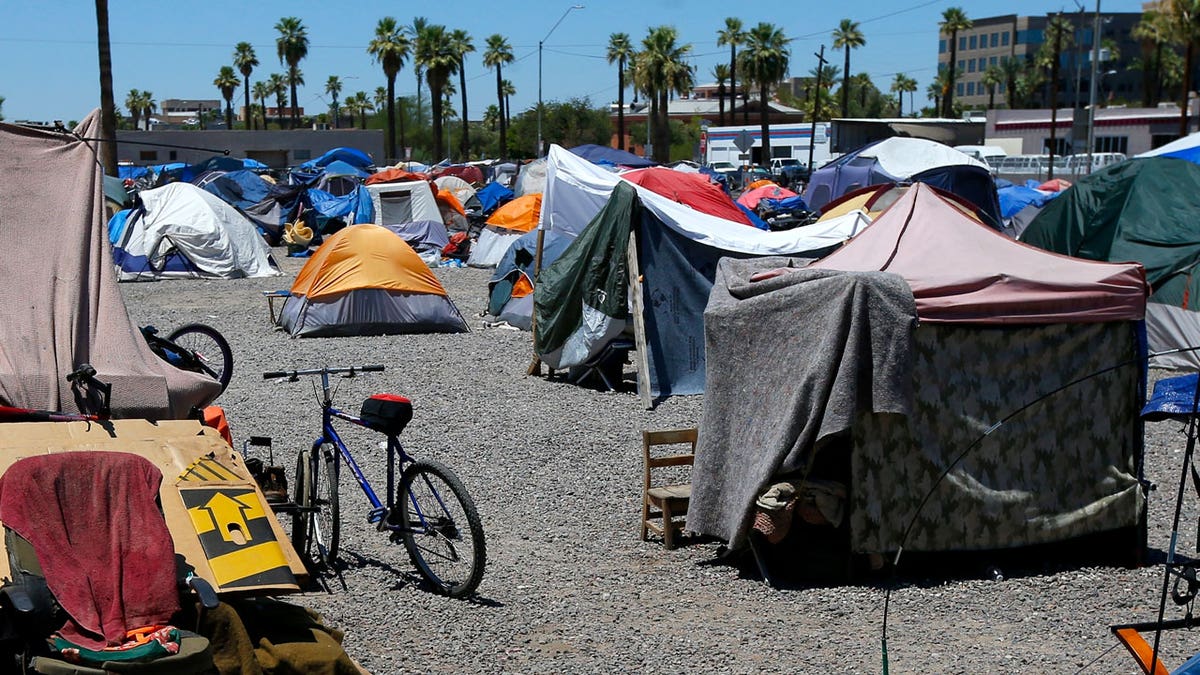Authorities in India and Pakistan are racing against time to evacuate over 80,000 people as Cyclone Biparjoy barrels towards the densely populated southern coast, predicted to make landfall later this week. This impending storm is anticipated to be the strongest to impact the region since 2021, raising concerns after last year's devastating floods in Pakistan resulted in a staggering loss of life and billions of dollars in damage.
The India Meteorological Department reports Biparjoy currently boasts sustained winds of 111 mph and is expected to strike near Jakhau port in Gujarat, India, on Thursday. Pakistan's National Disaster Management Authority located the cyclone 292 miles south of Karachi, the Sindh province capital, on Tuesday morning.
In India, thousands have already been relocated from low-lying coastal areas in Gujarat, with plans to move more residents further inland if necessary. C. C. Patel, Gujarat's relief director, confirmed 20,580 individuals have been transferred to relief camps providing essential supplies. Public gatherings along the coast have been prohibited, and major ports, including Mundra and Kandla, have been temporarily closed.

Tragically, one woman lost her life in Gujarat when strong winds felled a tree onto her motorcycle, injuring her husband. In Mumbai, four boys were swept away by a high tide, with one body recovered and the search continuing for the others. Beaches in Mumbai were subsequently closed during high tide periods. Fishermen in both affected countries have been instructed to return to shore and secure their vessels.
Indian Prime Minister Narendra Modi convened a meeting to assess the nation's preparedness, emphasizing ongoing evacuations and the maintenance of crucial services. In Pakistan, 22,000 people have been evacuated from coastal areas, with plans to relocate an additional 58,000 before the cyclone hits, according to Sindh Information Minister Sharjeel Memon.
Experts warn that climate change is contributing to the increasing frequency and intensity of cyclones in the Arabian Sea. Raghu Murtugudde, an Earth system scientist at the University of Maryland, highlighted a recent study showing a significant temperature increase in the Arabian Sea since March, creating conditions conducive to severe cyclones. A 2021 study also revealed a marked rise in cyclone frequency, duration, and intensity in the region between 1982 and 2019. This aligns with U.N. climate reports projecting increased tropical cyclone intensity due to a warming climate, particularly in the Indian Ocean.
While Cyclone Tauktae in 2021, the last major cyclone to hit this region, resulted in a relatively low death toll due to extensive preparations, historical cyclones have caused significantly greater devastation. A 1998 cyclone in Gujarat claimed over 1,000 lives, and a 1965 cyclone in Sindh province and Karachi tragically killed more than 10,000.








